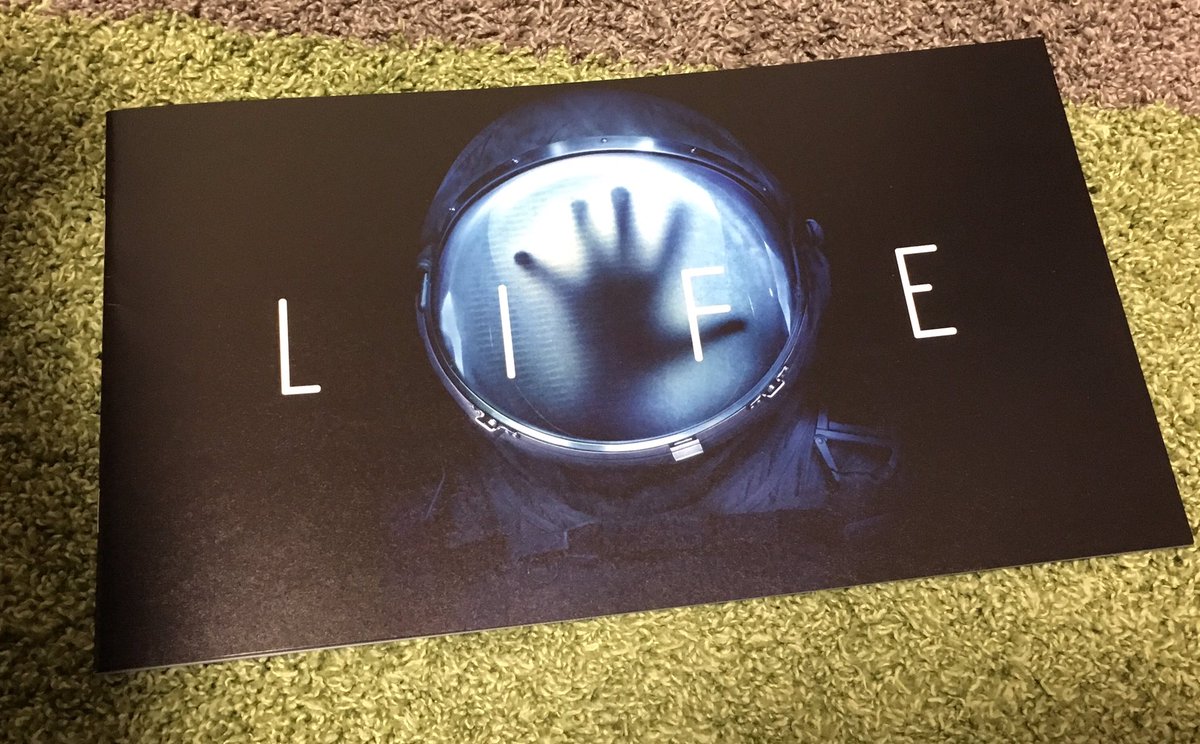
#Panfu library archive
Researchers are reminded that many of the materials in this web archive are copyrighted and that citations must credit the authors/creators and publishers of the works.

Researchers are advised to follow standard citation guidelines for websites, pages, and articles. For more information visit the Web Archiving Program | For Researchers page.Ĭitations should indicate: Archived in the Library of Congress Web Archives at When citing a particular website include the archived website's Citation ID (e.g., /item/lcwa00010240). Content outside of the embargo period is updated and made available regularly. Limitations affecting access to the archived content include a one-year embargo period for all content in the archive. Not all content that the Library has archives for is currently available through the Library’s website. To make a takedown request, please contact us via this contact form. In addition, if you are a copyright owner or otherwise have exclusive control over materials presently available through this collection and do not wish your materials to be available through this website, please let us know. The Library of Congress would like to hear from any copyright owners who are not properly identified on this website so that we may make the necessary corrections. Some sites in this collection may be restricted to onsite access only see the Access Condition statement in each item record for more information. The catalog record for each archived website contains the specific information about the site known to the Library. Researchers should consult the sites themselves for information about rights, contacts, and permissions. You may also need permission from holders of other rights, such as publicity and/or privacy rights. Some content may be protected under international law. You are also responsible for securing any permissions needed to use the items. You will need written permission from the copyright owners of materials not in the public domain for distribution, reproduction, or other use of protected items beyond that allowed by fair use or other statutory exemptions. You are responsible for deciding whether your use of the items in this collection is legal. Many, if not all, of the websites in the collection and elements incorporated into the websites (e.g., photographs, articles, graphical representations) are protected by copyright.

The Library has obtained permission for the use of many materials in the Collection, and presents additional materials for educational and research purposes in accordance with fair use under United States copyright law. The Library of Congress is making its Web Archives Collection available for educational and research purposes.

Library of Congress, Washington, D.C., 20540 USA Official website of Magdalo, a socio-political movement for change and good governance, representing reformist officers and soldiers of the Armed Forces of the Philippines and other reform-minded citizen-volunteers of the Republic of the Philippines.Conclusions: rhGH + PN can ameliorate changes in the GH/IGF-1 axis after hepatectomy for HCC in the setting of cirrhosis. The 6- and 12-month tumor-free survival rates, a median tumor-free survival time, were not different between the PN and rhGH + PN group. Results: On POD 6, compared with the PN group, serum prealbumin, GH, IGF-1, IGFBP-3, hepatic IGF-1 mRNA, IGFBP-3 mRNA, and liver Ki67 LI were higher in rhGH + PN group. At the same time, 12 patients with cholelithiasis or liver hemangioma who underwent operation were segregated as a normal control.

Liver Ki67 immunohistochemistry staining was studied. IGF-1 and IGFBP-3 mRNA in liver tissue was measured by reverse transcriptase polymerase chain reaction. Liver function, serum GH, IGF-1, and IGF binding protein-3 (IGFBP-3) were measured before operation, at postoperative days (POD) 1 and 6. Methods: Twenty-four patients with HCC in the setting of cirrhosis who underwent hepatectomy were randomly divided into 2 groups: parenteral nutrition (PN) group (n = 12) and rhGH + parenteral nutrition group (n = 12). The aim of this study was to evaluate the potential roles of recombinant human growth hormone (rhGH) therapy after hepatectomy in hepatocellular carcinoma (HCC) with liver cirrhosis, and to investigate whether postoperative administration of rhGH increases the risk of tumor recurrences. Background: Complex alterations in the growth hormone (GH)/insulin-like growth factor-1 (IGF-1) axis are thought to play an important role in the protein catabolism that complicates major surgical procedures.


 0 kommentar(er)
0 kommentar(er)
